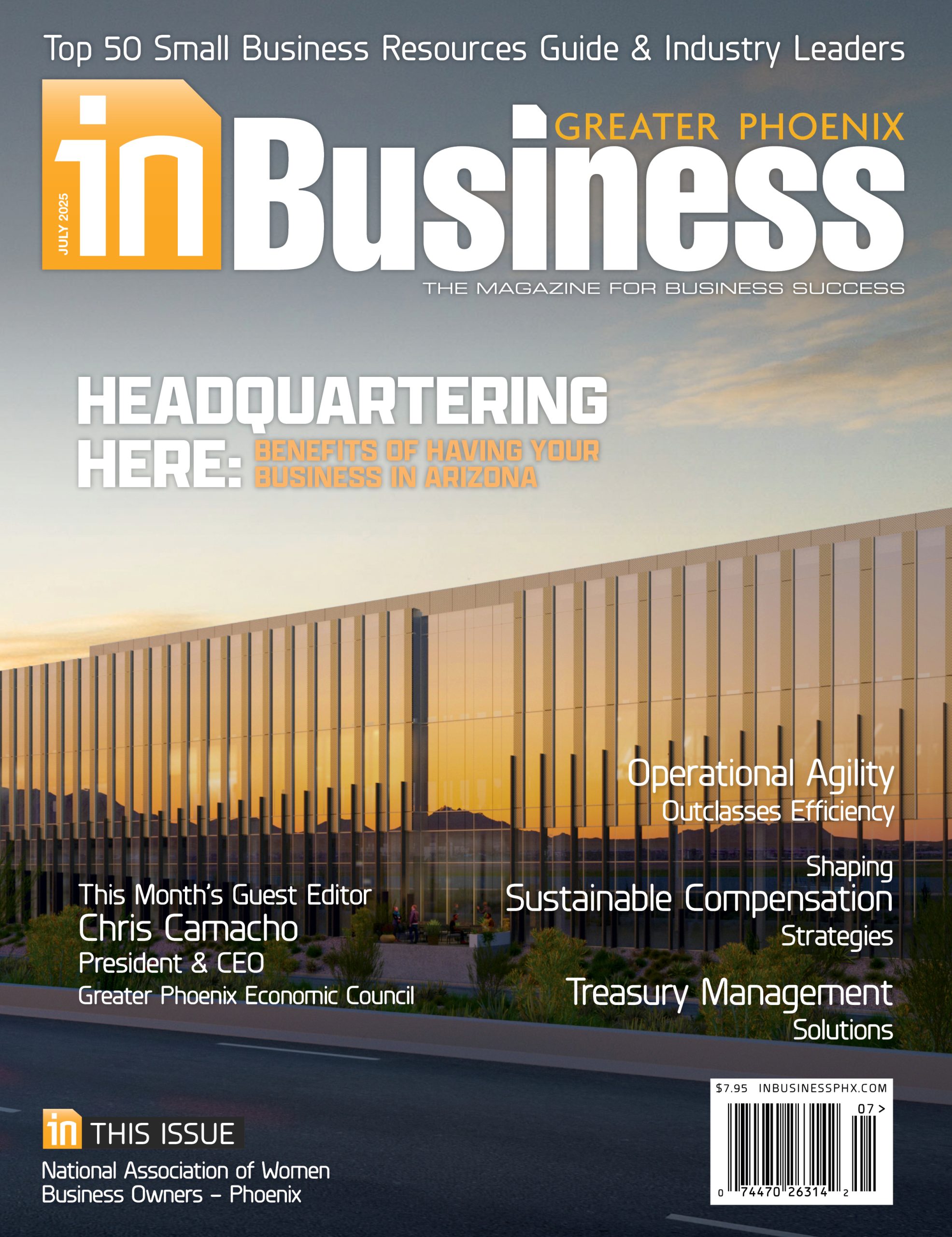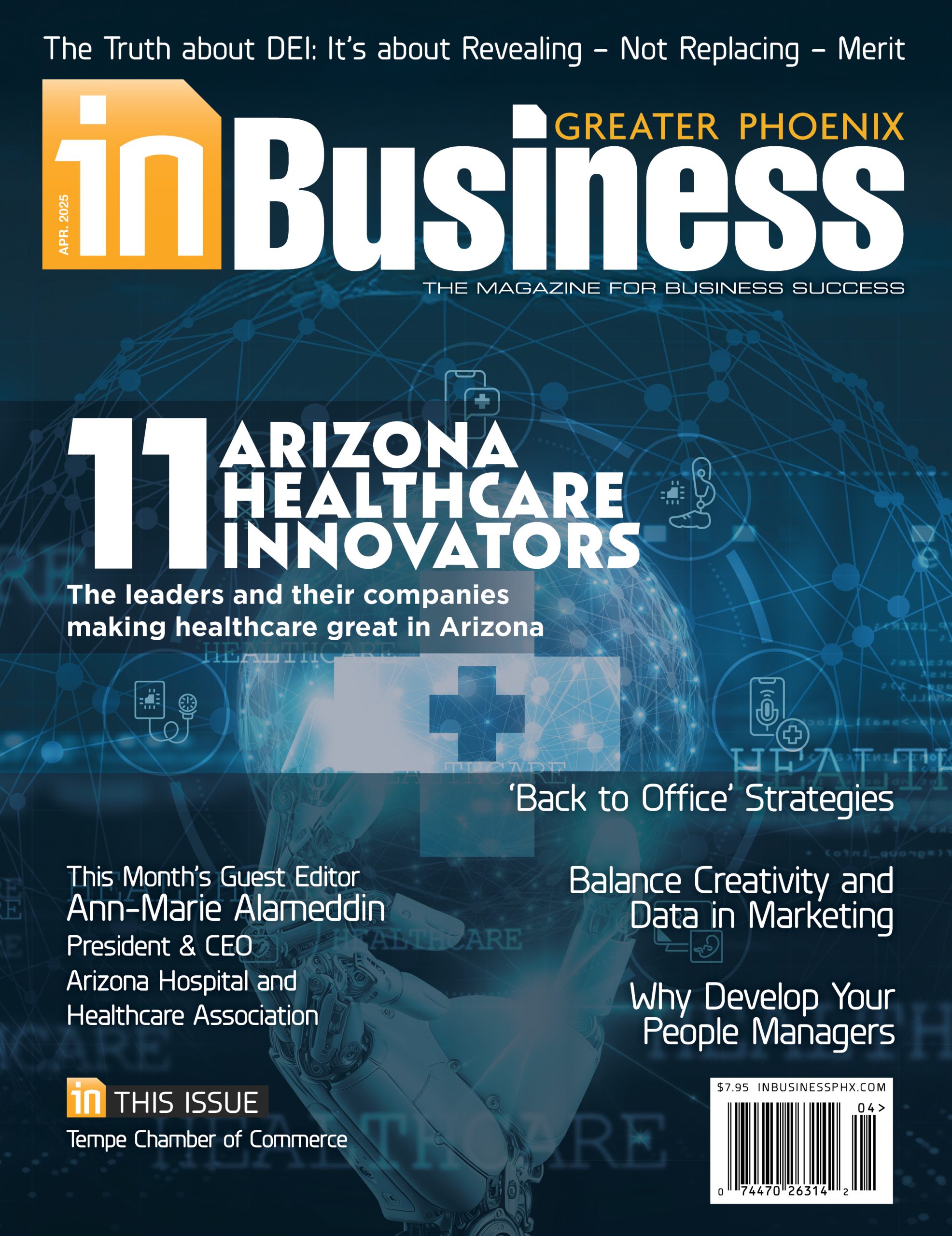 Professionals heavily involved in company finances instinctively look to protect money, but this strategy doesn’t always pay off — especially for ambitious and successful operations.
Professionals heavily involved in company finances instinctively look to protect money, but this strategy doesn’t always pay off — especially for ambitious and successful operations.
Debt financing coupled with healthy cash flow can be a key driver to expansion, especially when pursuing significant growth objectives while managing overall risk. This can include an increase in production capacity, upgrading technology or equipment and expanding into new markets to prioritize efficiency.
Even as costs rise and market uncertainty intensifies, “healthy” debt can help influence current and future decisions about the trajectory of a business.
Analyze Cash-to-Debt Ratio
Clearly defining day-to-day cash flow remains the starting point in considering additional debt in pursuit of growth. A focus on profitable operations doesn’t always ensure success, especially when increased revenue corresponds with an increase in an outlay of cash for more employees, more overhead, inventory and expenses.
In many cases, a period of months could be needed to truly determine the return on investment from the additional revenue generated by operational changes. This leads to the question of whether there is enough cash on hand to cover the interim’s overall expenses.
A healthy debt-to-net-worth ratio provides a good gauge of strength for the company’s capital base. The lower the ratio, the greater the ability to grow. Inversely, a higher ratio, the lower the ability for sustainable growth, making any additional debt riskier.
Budget and Forecast
What is the primary reason that profitable companies fail? The lack of cash flow. Identifying opportunities to cut back on expenses can give a business flexibility during periods of higher prices and interest rates while simultaneously protecting opportunities to entertain increased debt when competitors might defer due to perceived risk.
The most effective approach in a successful working capital management strategy is to begin with a thorough review of the cash conversion cycle — amount of time needed to sell inventory, amount of time needed to collect receivables and length of time afforded to pay bills. A budget helps manage overhead and profitability expectations against actual performance on a weekly, monthly, year-to-date and annual basis and determines the highs and lows of capital reserves over the given time period.
Profitable companies can go out of business because they simply run out of cash to pay bills over the course of this cycle.
High growth in short periods of time can put a tremendous amount of strain on cash flow and make additional debt impossible. However, investment in technology and/or machinery, commercial real estate and talent acquisition through debt financing remains possible when resources are in place to meet current demand while in a strong position of financial health.
Assess Lending Opportunities
To be prepared for investment debt, work with a trusted lending partner or partners with an understanding of specific short- and long-term plans. While some lending opportunities can be managed as needed, establishing a framework for ongoing assessment helps cut down lead time needed to develop loan packages achieving a specific result at opportune moments.
Many want to chase the lowest interest rate or wait for economic stressors to ease. Inflation recently resulted in price hikes across most industries and, ultimately, created disruption in supply chains. However, well-structured businesses strategically respond to drive increased revenue and profitability that can offset higher interest rates and other costs of inflation.
The return of increased market demand creates growth potential, favoring companies maintaining a position to meet customer needs during and after challenging periods. Completing a loan origination for short-term benefit with the wrong terms or at the wrong point in the business life cycle can result in an unexpected setback, but hesitancy or complacency could lead to missed opportunities.
Assembling a trusted team of financial advisors who understand nuances of a specific business operation can result in creative lending options combining commercial real estate and operating capital needs.
Fears over logistics should not stop growth pursuits, and the right team can help identify options not previously considered. This proactive approach calls for lenders who can help collateralize a deal and combine lending tools to address the big picture. While these can be seen as competing needs, the right partners provide flexible options; expert guidance; and agile, local decision-making.
 Brian Crisp is regional president at Enterprise Bank & Trust. With more than 20 years of banking experience and close ties to the Arizona business community, he oversees all aspects of the bank’s operations in the state, as well as the Albuquerque market, and facilitates the bank’s growth in the region to meet existing and prospective clients’ expanding needs.
Brian Crisp is regional president at Enterprise Bank & Trust. With more than 20 years of banking experience and close ties to the Arizona business community, he oversees all aspects of the bank’s operations in the state, as well as the Albuquerque market, and facilitates the bank’s growth in the region to meet existing and prospective clients’ expanding needs.












